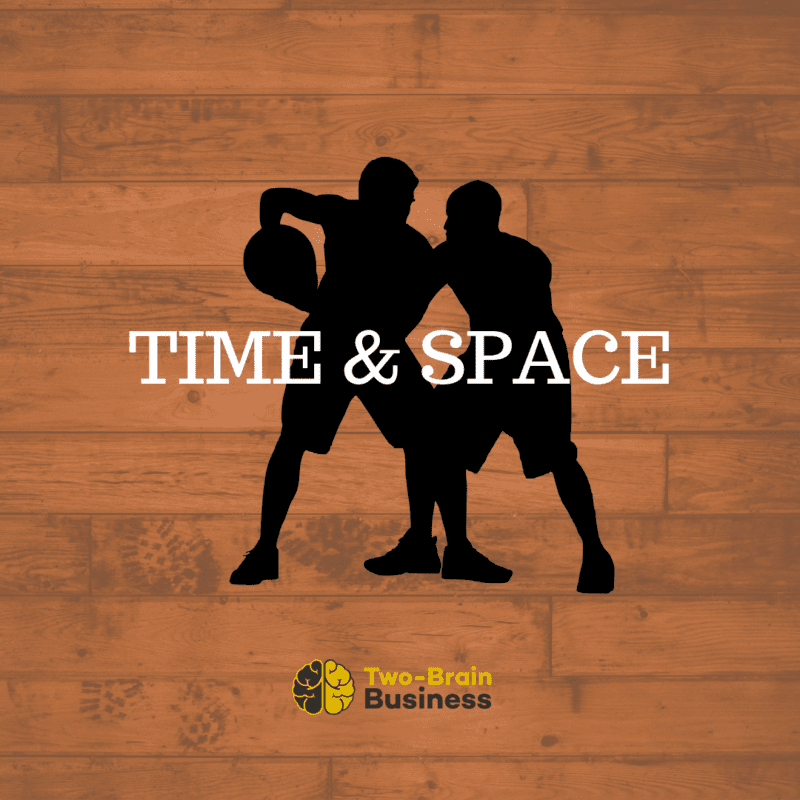If you like team sports, this is a great time of year. The NHL and NBA playoffs are rolling; baseball has begun; and soccer is heating up.
That makes it a great time of year for sports analogies in business. You’ve heard these old cliches, right?
“It’s in my wheelhouse” – baseball
“It’s a slam dunk” – basketball
“It’s a hail-mary” – football
While the Harvard Business Review and I agree that most sports analogies for business are bad, I do think that entrepreneurs are a lot like athletes–on the playing field, and off. Both perform best when they’re in the “flow state” of optimal focus. Both need to improve their skills to play at higher levels. And, when at work, both athletes and entrepreneurs are most effective when given time and space to operate.
If you’re a hockey fan like I am, you’ve seen Alex Ovechkin sit “in his office” — on the left wing, just off the face-off dot — and wait for a pass. He scored 50 times this year when the opposition gave him enough time and space to get a shot away. And I’ve heard basketball coaches bark over and over at their players: “Take away her time and space!”
We even teach it to eight-year-olds playing man-to-man defense: “Get in close! Make him throw it away! Take away his time and space!”
The best way to make an athlete ineffectual is to take away their time and space: to force them to make a move NOW. To make them react instead of calling the play. To force them out of their zone, out of their office, and off their game.
Give Stephen Curry a full second to shoot, and he’s going to sink it. Get in really close, block his view, and threaten to steal the ball? He’ll probably pass. Or sometimes he’ll shoot and miss. And he’s the best in the world.
When you take away an entrepreneur’s time and space, their game will suffer. They’ll defer a decision (pass) or miss a deadline under pressure. More often, though, they shoot and miss. What entrepreneurs really need is time and space.
That means getting away from everyone else to think.
It means stepping outside your business to plan.
It means removing distractions to make connections.
It means working through a new idea alone before you pass it on to your team.
Now, alone time for an entrepreneur can be tough. Here are the strategies I use:
- Close your door. It’s not your job to be the welcoming committee at work. It’s your job to get the important work done. If you own a business and don’t have an office, get one. A closing door is an effect multiplier.
- Take up a solo sport. Get into flow state. Give yourself time to think while you’re reaping the benefits of increased focus and stress reduction. Cycling is my choice; many entrepreneurs run or play golf alone.
- Pick a project requiring manual labor. Build a deck, chop some wood, or mow the lawn. No one tries to make small talk while the lawn mower is running.
- Get away. Book a hotel room by yourself. Attend our Summit, and plan for some alone time to reflect, make connections, and act on new ideas. I use the “one and done” strategy: when I’m attending a seminar, I stay until I’ve learned one new thing. Then I go back to my hotel room and act on it. I give myself time and space to get things done instead of sitting still and getting overwhelmed.
Mike Michalowicz’ book Clockwork highlights the need for entrepreneurs to go off alone and think. It’s not laziness; it’s really the most important thing you can do. You’ll score more often when you’re in the zone.
(yeah, that was probably a bad one.)

